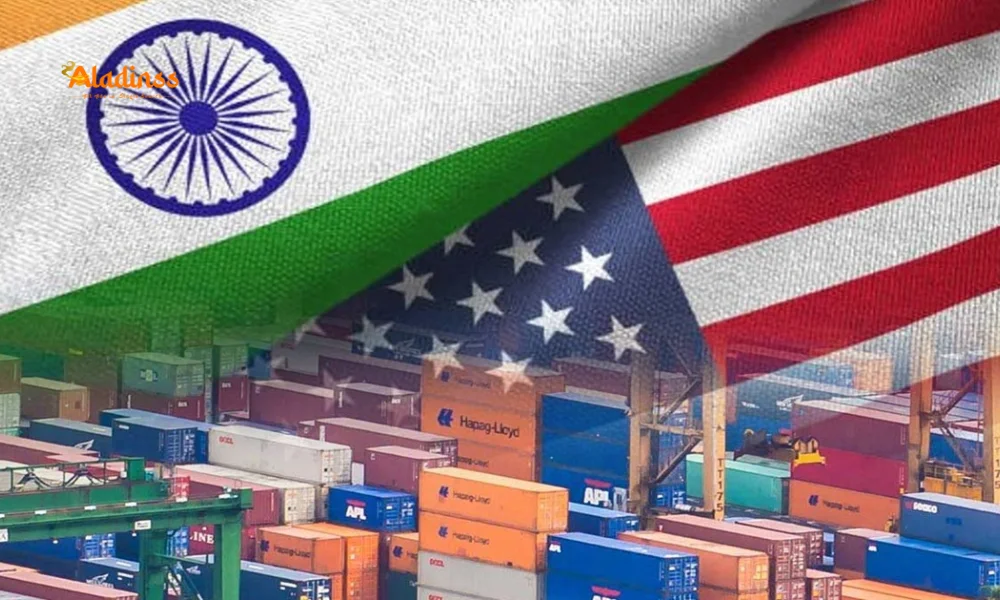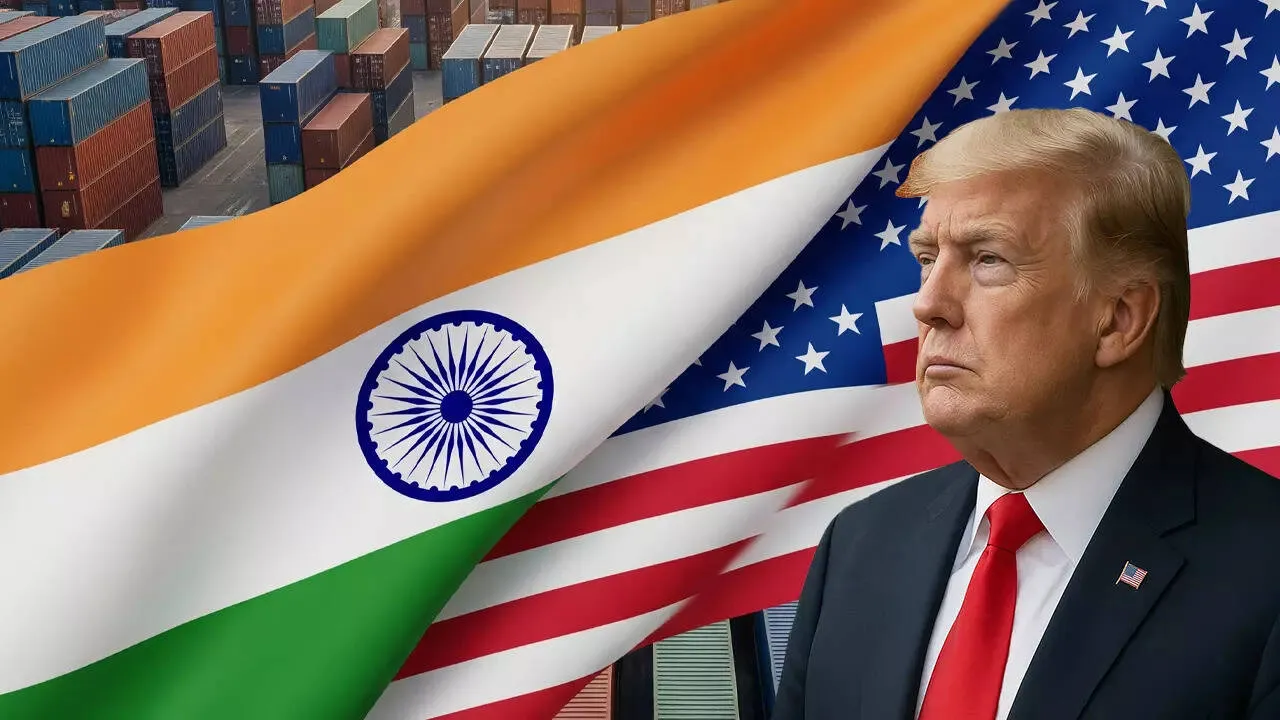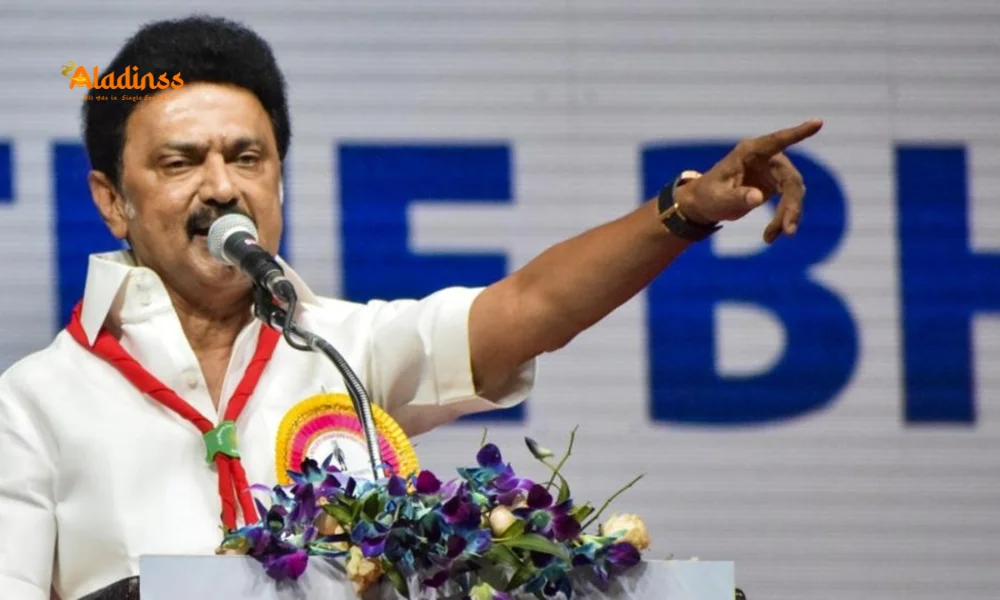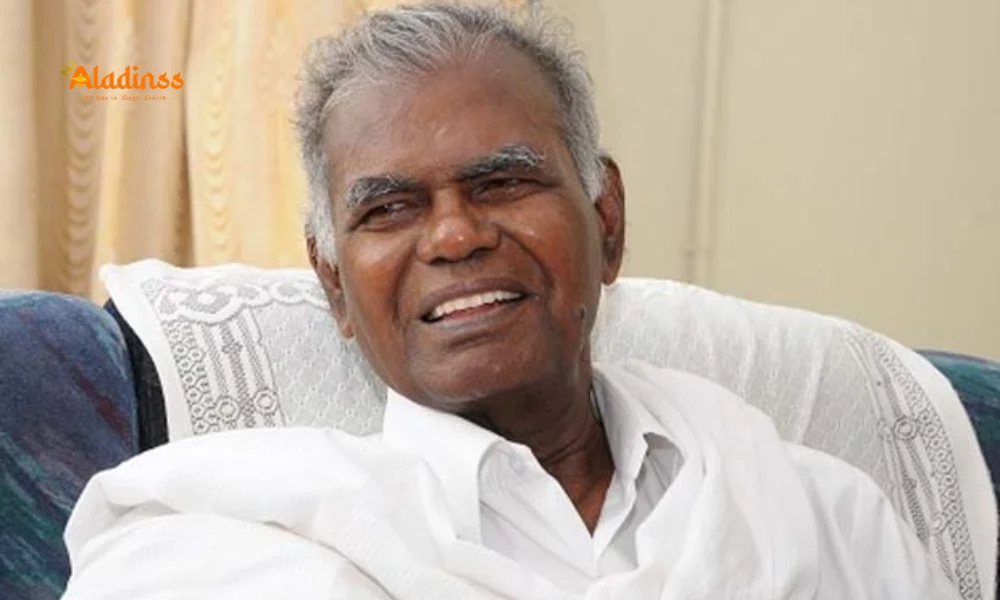US-India Trade Relations Strained by Tariffs Over Russian Oil

US-India Trade Relations: Tariffs and Tensions Over Russian Oil
The US-India relationship, described as "complicated" by US Treasury Secretary Scott Bessent, is undergoing significant strain due to trade disputes and India’s substantial imports of Russian crude oil. On August 27, 2025, a cumulative 50% tariff on Indian goods imported into the US took effect, escalating tensions between the two nations. Speaking on Fox Business, Bessent expressed confidence that the US and India would eventually "come together," highlighting the strong rapport between President Donald Trump and Prime Minister Narendra Modi. However, unresolved trade negotiations and India’s reliance on Russian oil have created a challenging diplomatic and economic landscape.
Origins of the US-India Trade Conflict
The current trade tensions stem from two primary issues: India’s significant purchases of Russian crude oil and the failure to finalize a bilateral trade agreement. Since Russia’s invasion of Ukraine in February 2022, India has ramped up its oil imports from Moscow, capitalizing on discounted prices amid Western sanctions. Russia now accounts for 35-40% of India’s crude oil imports, making it the country’s largest supplier. This shift has drawn sharp criticism from the Trump administration, which views these purchases as indirectly supporting Russia’s war efforts in Ukraine.
In response, President Trump imposed a 25% tariff on Indian goods in July 2025, followed by an additional 25% tariff in August as a penalty for India’s Russian oil imports, bringing the total to 50%. This makes India one of the highest-tariffed US trading partners. India has labeled these measures "unjustified and unreasonable," noting that the US previously encouraged such imports to stabilize global energy markets. The tariffs, effective from August 27, 2025, are expected to impact $48.2 billion worth of Indian exports, particularly in sectors like textiles, chemicals, and jewelry.
Challenges in Trade Negotiations
Parallel to the oil dispute, stalled trade negotiations have exacerbated US-India tensions. Following Prime Minister Modi’s visit to Washington in February 2025, both leaders announced plans for a bilateral trade agreement by year-end. However, disagreements over market access, particularly for US agricultural and dairy products, have hindered progress. India’s protectionist stance, aimed at safeguarding its farmers and small businesses, has been a major sticking point, frustrating US negotiators who expected a deal by mid-2025.
Scott Bessent, in his Fox Business interview, described India’s approach to negotiations as "performative," suggesting a lack of commitment to resolving key issues. He noted that the US, as the deficit country with a $45.6 billion trade imbalance with India, holds an advantage in these talks. Despite this, Bessent emphasized the strategic importance of the US-India partnership, describing the US as the world’s largest economy and India as the world’s largest democracy, with shared interests that could lead to a resolution.

Russian Oil as a Geopolitical Flashpoint
India’s increased reliance on Russian oil has become a central issue in the US-India trade dispute. Prior to the Ukraine conflict, Russia supplied less than 2% of India’s oil needs. However, as Western nations reduced their purchases of Russian crude, India seized the opportunity to buy at discounted rates, displacing traditional West Asian suppliers. This has allowed India to manage energy costs for its 1.4 billion population while exporting refined petroleum products to Europe and other markets.
The Trump administration has accused India of "profiteering" by refining and reselling Russian oil, arguing that this undermines efforts to isolate Russia economically. President Trump has explicitly linked the tariffs to India’s role in sustaining Russia’s war economy, with trade adviser Peter Navarro stating that India "doesn’t appear to want to recognize its role in the bloodshed." India, however, maintains that its oil purchases are driven by economic necessity and comply with international regulations, including the G7 price cap on Russian oil.
India’s Defense and Economic Response
India has strongly rejected the US tariffs, with the Ministry of External Affairs arguing that the country’s oil imports were initially encouraged by the US to prevent global energy price spikes. Indian officials have also highlighted perceived double standards, noting that the US and Europe continue to import Russian uranium, palladium, and fertilizers without facing similar penalties. The Indian government is actively engaging with industry stakeholders to mitigate the tariffs’ impact, which could reduce exports by 40-50% and lower GDP growth by 0.3-0.5% in FY26.
To counter the economic fallout, India is exploring alternative export markets in Latin America, Africa, and Southeast Asia. The Commerce Ministry has indicated that communication with the US remains open, with hopes of resuming trade talks to address the impasse. Prime Minister Modi has vowed to protect India’s farmers and small businesses, emphasizing self-reliance and domestic reforms, such as tax cuts, to cushion the blow from the tariffs.
Geopolitical Dynamics and Western Pressure
The US tariffs are part of a broader strategy to pressure Russia into ending the Ukraine war, now in its third year. By targeting India, a significant buyer of Russian oil, the US aims to disrupt Moscow’s economic lifelines. However, the selective focus on India, while sparing China—the largest importer of Russian oil—has raised questions about consistency. Bessent has called for greater European cooperation, noting that Europe’s purchase of India’s refined petroleum products undermines US efforts. He suggested that European allies should consider imposing their own tariffs to align with US policy.
The tariffs also reflect broader geopolitical tensions, with India navigating its strategic autonomy between Western and non-Western partners. While India maintains close ties with Russia for defense and energy needs, it also views the US as a critical partner in countering China’s influence in the Indo-Pacific. The cancellation of planned trade talks on August 25 underscores the current strain, but both sides recognize the long-term importance of their partnership.
Economic and Strategic Implications
The 50% tariffs pose significant challenges for Indian exporters, particularly in labor-intensive sectors like textiles, gems, and leather goods. The Global Trade Research Initiative estimates that these tariffs could lead to a $37 billion reduction in India’s exports to the US, threatening jobs and economic growth. Small and medium enterprises, heavily reliant on the US market, are particularly vulnerable, with exporters already reporting canceled orders and losses to competitors like Bangladesh and Vietnam.
For the US, the tariffs risk higher prices for consumers, as increased import costs could be passed on in sectors like pharmaceuticals and electronics, though these are currently exempt. The broader economic impact could include supply chain disruptions and heightened global trade tensions, with analysts warning of potential recession risks if other countries face similar penalties. Despite these challenges, Bessent dismissed concerns about India shifting to rupee-based trade with BRICS nations, stating that the rupee’s weakness makes it an unlikely reserve currency.
Path Forward for US-India Relations
Despite the current tensions, both nations have incentives to resolve the dispute. The personal rapport between Trump and Modi, coupled with shared strategic interests, provides a foundation for renewed dialogue. India’s Commerce Ministry is exploring financial incentives and tax reforms to support exporters, while also seeking to diversify trade partners to reduce reliance on the US market. Meanwhile, the US continues to view India as a key ally in the Indo-Pacific, particularly in countering China’s growing influence.
As the situation evolves, the outcome of US-India trade negotiations will depend on both sides’ willingness to compromise. India’s commitment to energy security and economic independence, alongside the US’s focus on geopolitical objectives, will shape the future of this critical partnership. For now, businesses and policymakers are closely monitoring developments, with hopes that diplomacy will prevail in restoring stability to US-India trade relations.
Comment / Reply From
No comments yet. Be the first to comment!











